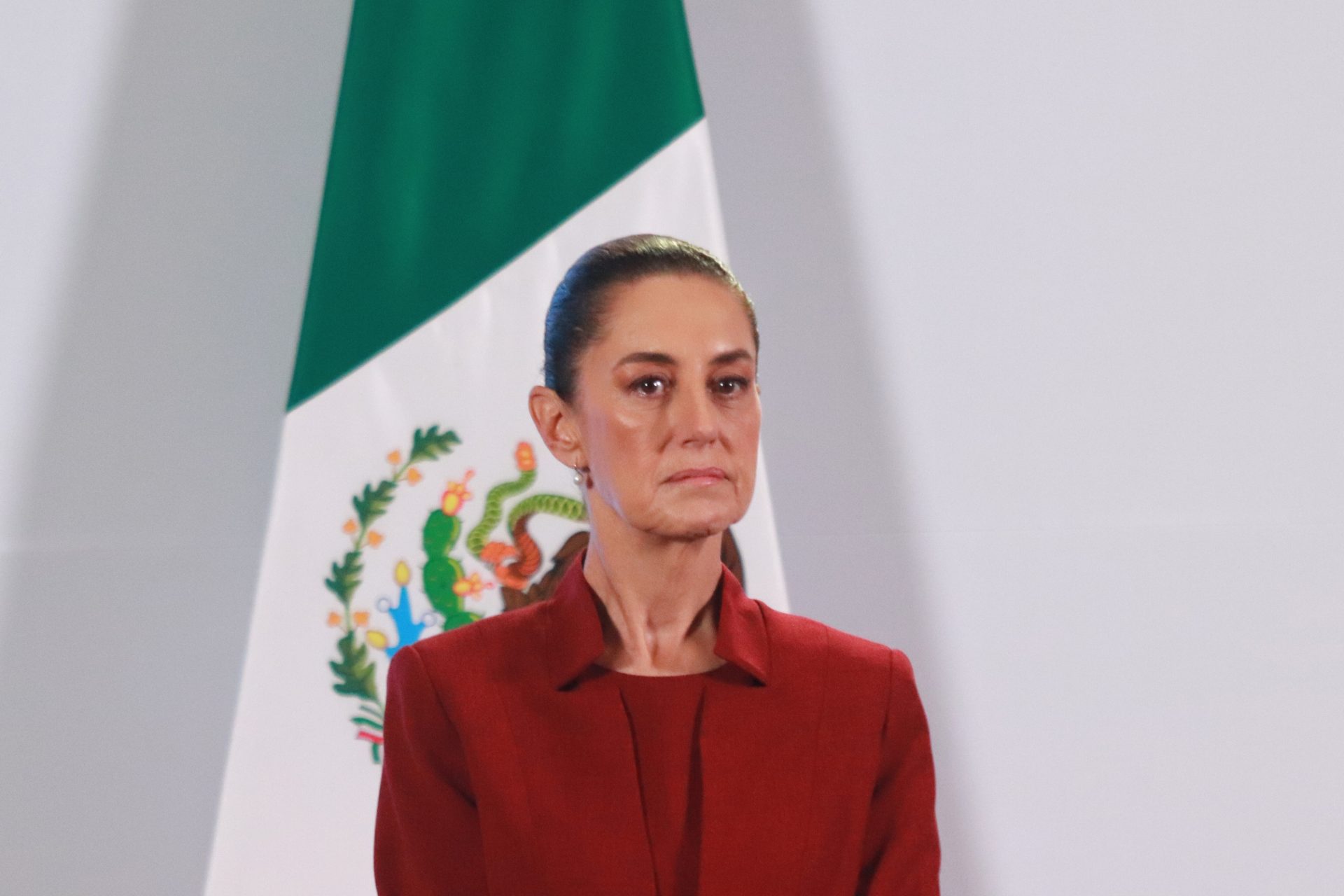How did wildlife fair in 2022? The winners and losers according to the WWF
The end of one year and the start of another is a time of reflection. Politics, family, finances, and health are all taken into account. But what about our furry and feathered friend from the animal kingdom? The WWF (World Wide Fund For Nature) has taken stock of how the animal species of the planet are doing after all that occurred in 2022.
The WWF is one of the largest nature conservation organizations in the world, and the organization published which animal species had a particularly difficult year and which are doing better than before. “The Winners and Losers of Wildlife 2022,” is what WWF calls its balance sheet.
Let's start with the good news: there are significantly more tigers again! According to the WWF, Nepal in particular was able to report successes in tiger protection.
There were only about 121 wild tigers left there in 2009. In 2022, the number of these endangered big cats has increased to 355. But stocks in Bhutan, Russia, China and the tiger-richest country India are also recovering well.
In Australia, the number of humpback whales has increased from 1,500 to 40,000 to 65,000. Therefore, the marine mammal was removed from the local list of endangered species.
However, the Humpback whale still needs to be protected when you take into account the dangers such as fishing, shipping and environmental pollution, according to the WWF.
Loggerhead turtle populations have also recovered, reports the WWF.
In the USA and on Cape Verde, more nests have recently been found than in decades.
There is also hope for commercially traded shark and ray species because they will be better protected in the future.
According to the WWF, this agreement was an important decision because a third of the more than 1,200 shark and ray species are threatened - mainly due to overfishing.
According to the WWF, the Spix's Macaws celebrated the comeback of the year in their Brazilian homeland.
Habitat destruction and illegal trade left only 55 Spix's Macaws in captivity in the early 2000s. Thanks to a breeding program, there are now around 290 animals again.
Banteng are wild cattle that many thought were extinct. However, there was good news regarding the species in 2022.
Banteng wild cattle were spotted in a national park in Thailand, giving hope that they are recovering from extinction.
Unfortunately, the list of losers is a long one. According to the WWF, 42,100 species were classified as endangered in 2022. That's more than ever before. Pictured: the European field hamster, which is also threatened with extinction.
The Living Planet Report 2022 shows that since 1970, the world's vertebrate populations have declined by an average of 69 percent. All of this makes it clear that we are in the midst of the greatest extinction of species since the end of the dinosaur age.
Oder River fish and sturgeons (pictured) are among the big losers in 2022 according to the WWF.
The "man-made catastrophe" in the summer of 2022 was also a setback for the reintroduction of the Baltic sturgeon because thousands of young fish died.
According to the WWF, somewhere between 80-100% of all emperor penguin colonies could disappear by the year 2100 with current greenhouse gas emissions as they are.
The WWF states that more needs to be done to help the emperor penguins and not enough was done for the species in 2022.
Latest counts from February 2022 show that in the Taimyr region of the Russian Arctic, the world's largest population of wild reindeer has plummeted to 250,000 from 417,000 in 2014.
A little over 20 years ago there were even a million animals living there. The climate crisis and poaching are responsible for the decline in reindeer population.
These important pollinators in Europe are threatened by land use change, pesticides and the climate crisis.
Around 315 of 890 species in Europe are threatened, according to the WWF balance sheet, citing the Red List of the International Union for Conservation of Nature (IUCN).
For these animals with their sought-after horns, poachers are a particular threat.
In Africa, stocks have fallen from 20,600 to almost 16,000 in the past nine years, reports WWF.
“If we continue to destroy our nature at this rate, we humans will also be among the big losers,” said WWF board member Christoph Heinrich.
Pictured: Volunteers fetch fish carcasses from the Oder River in the summer of 2022.
The World Convention on Nature was recently held in Montreal and a biodiversity agreement was reached, giving hope for a halt to the extinction of species. But only if the implementation really works. "We don't get a second chance to save our planet," warns Heinrich.
More for you
Top Stories









































